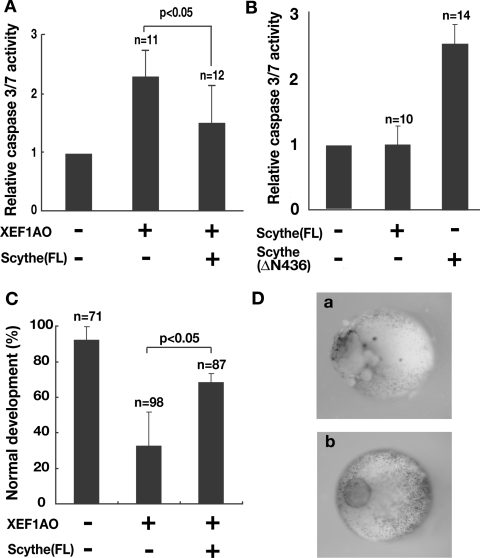Figure 3. Apoptosis induced by expression of XEF1AO was suppressed by co-expression of Scythe in Xenopus embryos.
(A) mRNA (1 ng) for FLAG-tagged XEF1AO and 4 ng of full-length (FL) Scythe or control mRNAs were microinjected into Xenopus embryos. Embryos were harvested at stage 12 and used for DEVDase assays. The results are shown as means±S.D for the indicated number of embryos. (B) A deletion mutant of Scythe that lacks the N-terminal 436 amino acids caused increased activation of caspase 3/7 in Xenopus embryos. Scythe mRNA (5 ng) encoding T7-tagged Scythe (FL) and Scythe (ΔN436) were microinjected into 2-cell-stage Xenopus embryos. After injection the embryos were incubated for 18 h and then harvested for DEVDase assays. The data represent relative DEVDase activity compared with that of non-injected 2-cell stage embryos and are shown as means±S.D. (C) Ectopic expression of FLAG-tagged XEF1AO by injection of 1 ng of mRNA caused detectable developmental abnormality. In contrast, co-expression of T7–Scythe rescued the abnormality. The results are shown as means±S.D. for the indicated numbers of embryos and are indicative of three independent experiments. Note that some embryos expressing XEF1AO developed to normal viable tailbud embryos. (D) (a) An example of an early stage 12 embryo expressing XEF1AO that began to indicate a first sign of apoptotic cell death. (b) Normal embryos that were injected with control or full-length Scythe mRNA.

